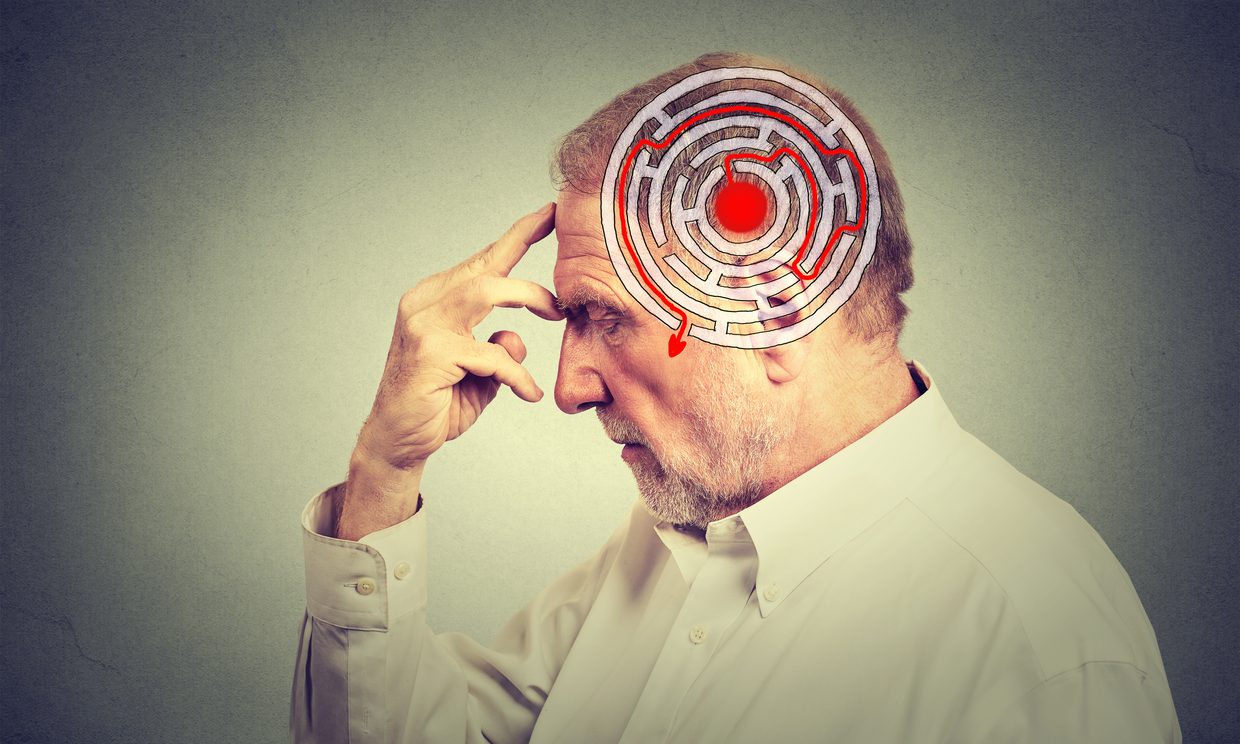Stroke is the third leading cause of death in Italy, after cardiovascular diseases and cancer diseases. We spoke to Dr. Simona Marcheselli, Head of the Emergency Neurology and Stroke Unit of Humanitas to try and shed light on a disease that annually affects at least two hundred thousand people but on which there is quite some confusion.
Ischemic stroke and hemorrhagic stroke
The are two types of strokes: ischemic stroke and hemorrhagic stroke. Ischemic stroke is the most common. Ischemic strokes occur when a thrombus appears inside an artery that supplies blood to the brain. This is a blood clot that narrows the diameter of the blood vessel. This event interrupts or restricts the circulation of the blood in the area, resulting in ischemia of the nerve cells which in turn stop working.
Hemorrhagic stroke is more rare, but more serious and can unfortunately be fatal. This is when the rupture of a blood vessel causes bleeding into the surrounding brain areas. Symptoms include: having trouble speaking or understanding others’ words, blurred or double vision and often inability to move one side of the body.
Common Symptoms
- Sudden numbness or weakness in the face, arm or leg of half of the body
- A sudden sense of confusion.
- Difficulty speaking and understanding what is being said by others
- Sudden difficulty seeing from one eye
- Difficulty walking, often associated with dizziness and problems in coordination
- Strong head pain that hits like lightning, with no known or apparent cause
- Nausea and vomiting
Who is most at risk?
Although stroke more commonly affects people who have passed the age of 65, one out of a hundred thousand cases relates to patients less than 45 years old. Risk factors that are common even in young people are: overweight and obesity, poor diet, and a smoking habit. Thus, lifestyle plays a fundamental role and it is therefore important to make sure that even as children, we eat healthy, use little salt, consume fruit and rich animal fat, as well as vegetable and plant proteins. It is good not to smoke and have some constant physical activity, both to encourage circulation and to counter weight gain.
Estrogen (female hormone) has a protective effect on the cardiovascular system. This has long been considered the reason that strokes concern predominantly men. However, the incidence of improper lifestyle also affects women as 43% of stroke cases are female.
What is done in the case of ischemic stroke?
In the case of ischemic stroke, doctors use thrombolytics or fibrinolytic drugs intravenously. These drugs are able to dissolve the thrombus that causes the artery obstruction, thus restoring normal blood flow. It is important to recognize the symptoms as soon as possible because care must be timely: in fact, the drugs must be administered within 4 hours of the onset of symptoms.
You can then intervene with mechanical thrombectomy, aspiration or removal of the thrombus in the artery using small instruments. In the case of a hemorrhagic stroke it is instead necessary to check the pressure with medication and in more serious cases, to perform a surgery.
Can you completely recover?
The advances that patients can make depend on many factors. The magnitude and location of the area affected, the extent of the damage, age and health conditions are all relevant. It is essential that the patient is consistent and committed to the rehabilitation path. Not everyone can return to their previous stroke condition. The rehabilitation process begins in the hospital. Support is provided by doctors, physical therapists, and speech therapists. Rehabilitation continues at home, where the patient will perform prescribed exercises.
-
3,400 Physicians
-
110,400 Annual surgeries
-
190,400 Annual Inpatient Admissions
-
928,000 Patients


